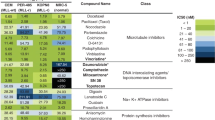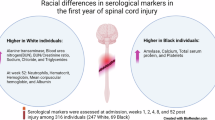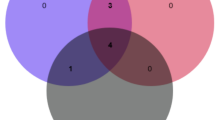Abstract
Summary: Opsonic activity against four kinds of particles was compared between adult and cord sera by determining the oxygen consumption capacity of leukocytes. Although both sera had almost equal activity against killed E. coli (adult: 1.5 ± 0.6, and cord: 1.6 ± 0.3 at 10% serum concentration, respectively, when expressed in nmoles oxygen consumed/min/106 PMNL), cord serum showed less activity against zymosan (adult: 7.1 ± 2.3 and cord: 4.9 ± 2.0) and killed S. aureus 209P (adult: 4.7 ± 0.8 and cord: 2.5 ± 0.6) when diluted below 10% and 1%, respectively. However, this difference was not prominent when the serum concentration was higher in the reaction system. No opsonic activity against S. faecalis (either killed or live) was present in any cord serum tested (adult: 2.7 ± 0.6 and cord: 0, respectively at 5% serum concentration).
Oxygen consumption capacity was compared between adult and cord leukocytes with opsonins in pooled adult serum and zymosan and S. aureus 209P as phagocytizable particles. Although no distinction was found at higher serum concentrations (adult: 7.5 ± 0.9 and cord: 6.9 ± 1.1 for zymosan at 10% and adult: 4.6 ± 0.9 and cord: 4.3 ± 1.0 for S. aureus 209P at 5%, respectively), considerably less phagocytic activity for zymosan became evident in cord leukocytes in lower serum concentrations (adult: 3.9 ± 0.7 and cord: 2.9 ± 0.5 at 2.5%). Among cord serum specimens, there was noted no apparent correlation between opsonic activity and immunoglobulin or complement component levels. Higher values of IgA, IgM, C3 and Factor B in adult sera apparently contribute to a generally higher opsonic activity than that of cord sera.
Speculation: These results further substantiate the opinion that cord serum has less opsonic activity against certain test particles than adult serum and that cord leukocytes have lower oxidative metabolic responses than adult leukocytes as measured by oxygen consumption capacity. The importance of the choice of particles is stressed in interpreting the results, as opsonic requirements apparently differ from one particle to another. Although further studies are obviously necessary, the current method appears to be suitable for determining opsonic and phagocytic activities.
Similar content being viewed by others
Log in or create a free account to read this content
Gain free access to this article, as well as selected content from this journal and more on nature.com
or
Author information
Authors and Affiliations
Rights and permissions
About this article
Cite this article
Kobayashi, Y., Usui, T. Opsonic Activity of Cord Serum—an Evaluation Based on Determination of Oxygen Consumption by Leukocytes. Pediatr Res 16, 243–246 (1982). https://doi.org/10.1203/00006450-198203000-00016
Issue date:
DOI: https://doi.org/10.1203/00006450-198203000-00016
This article is cited by
-
Decreased opsonic activity forStaphylococcus aureus in neonatal and late gestation maternal sera
Inflammation (1989)
-
Hyperphenylalaninaemia due to impaired dihydrobiopterin biosynthesis: Leukocyte function and effect of tetrahydrobiopterin therapy
Journal of Inherited Metabolic Disease (1985)



